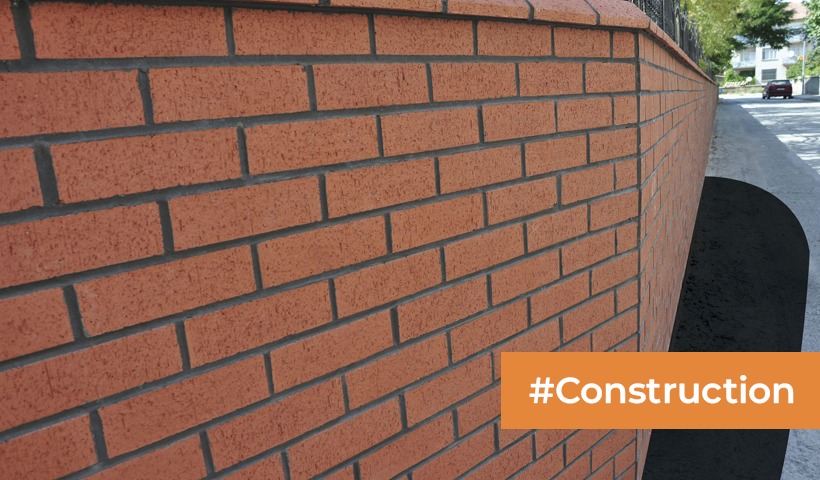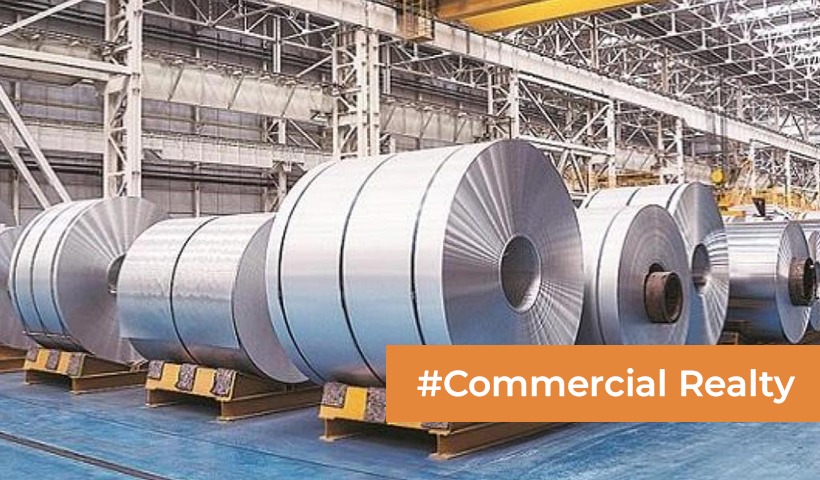The Strength Within: Types of Beams and Their Structural Roles!
Here are the common types of beams used in construction and their role in structural strength:
- Simple supported beam: A simple supported beam is supported at both ends and is free to rotate at the supports. It is the most basic type of beam and is used in a variety of applications, such as floor joists and roof trusses.
- Cantilever beam: A cantilever beam is supported at one end and free at the other end. It is used to extend a beam beyond a support, such as a balcony or a countertop.
- Overhanging beam: An overhanging beam is supported at both ends, but it projects beyond the supports on one or both ends. It is used to provide more clearance or to support a larger load.
- Fixed beam: A fixed beam is supported at both ends and is not free to rotate at the supports. It is used in applications where there is a need for a rigid beam, such as a bridge or a retaining wall.
- Continuous beam: A continuous beam is supported at more than two points and is continuous over the supports. It is used to span longer distances and to distribute the load more evenly.
- T beam: A T beam is a beam that has a flange on one side. The flange helps to increase the beam’s strength and stiffness. T beams are commonly used in floor and roof structures.
- I beam: An I beam is a beam that has a flange on both sides. The flanges help to increase the beam’s strength and stiffness even more than a T beam. I beams are commonly used in bridges and other heavy-duty applications.
The structural strength of a beam is determined by its size, shape, and material. The larger the beam, the stronger it is. The shape of the beam also affects its strength. A beam with a wider flange is stronger than a beam with a narrow flange. The material of the beam also affects its strength. Steel beams are stronger than wood beams.
The type of beam used in a construction project depends on the load that the beam needs to support, the span of the beam, and the budget.
Disclaimer: The views expressed above are for informational purposes only based on industry reports and related news stories. PropertyPistol does not guarantee the accuracy, completeness, or reliability of the information and shall not be held responsible for any action taken based on the published information




